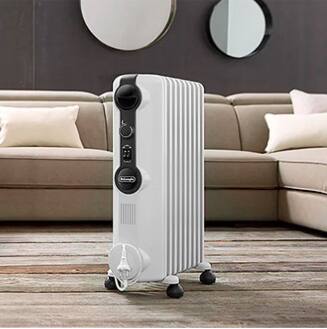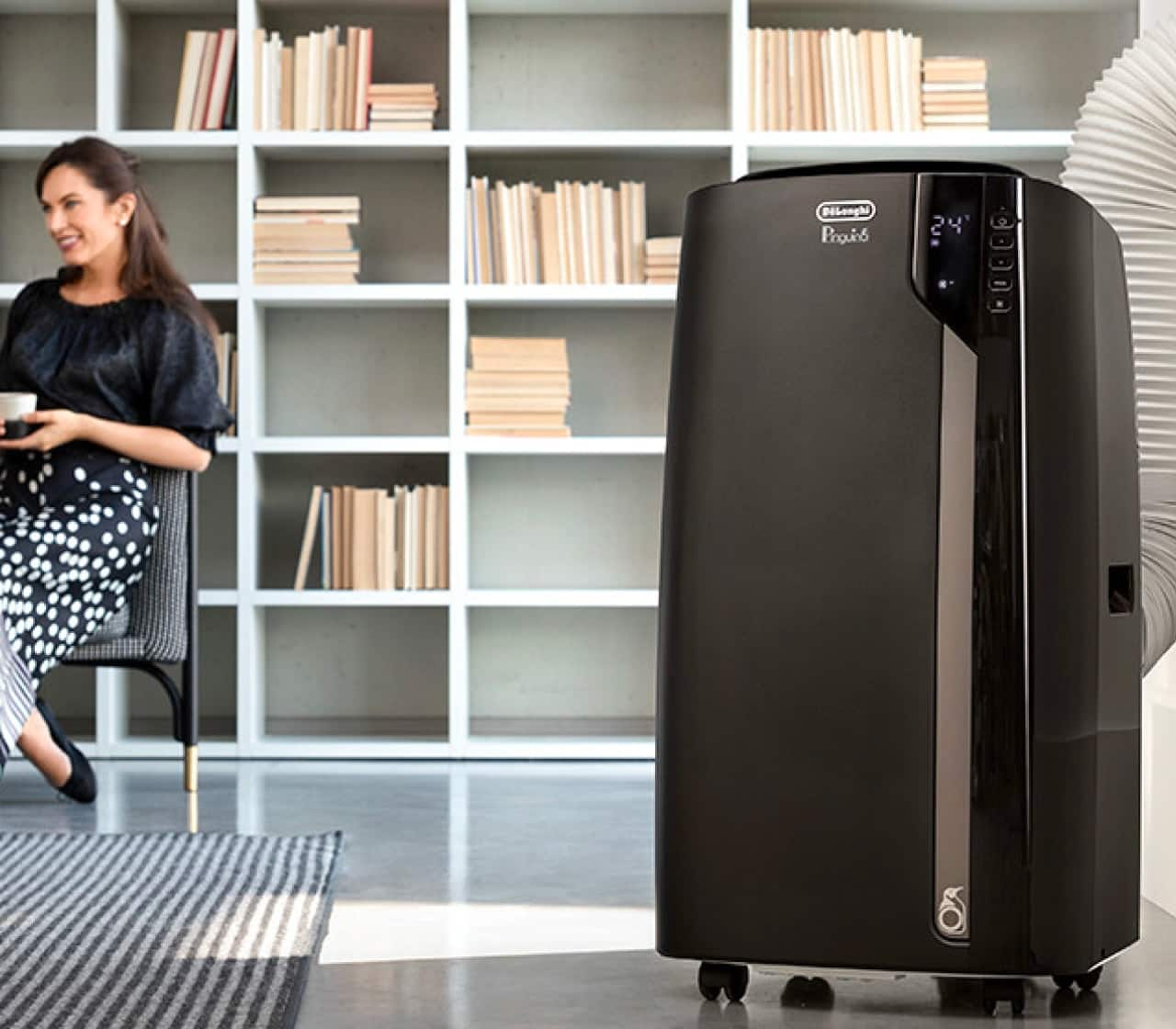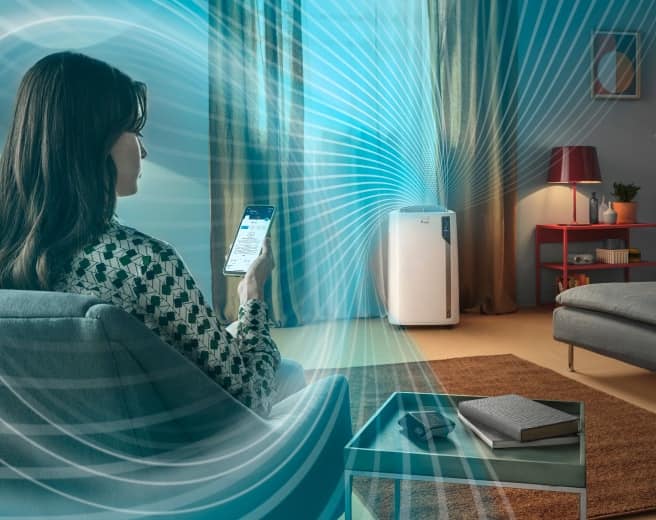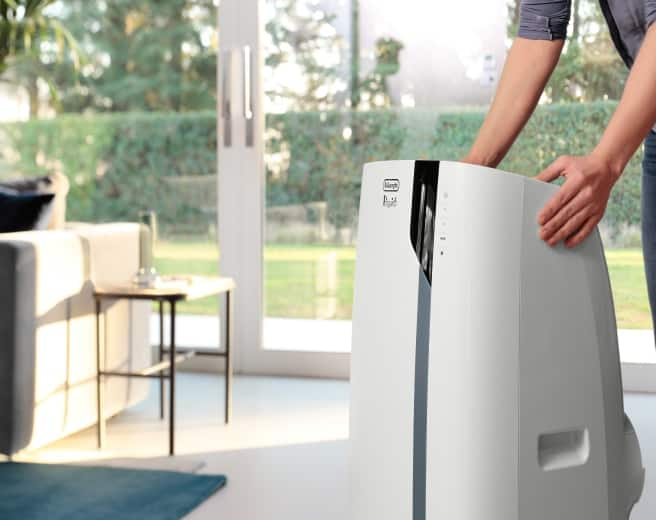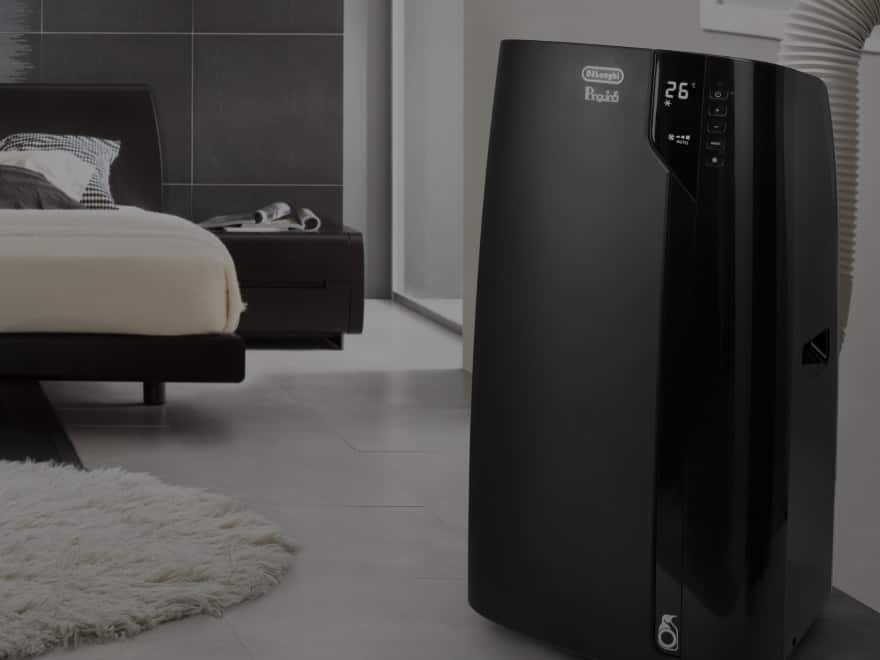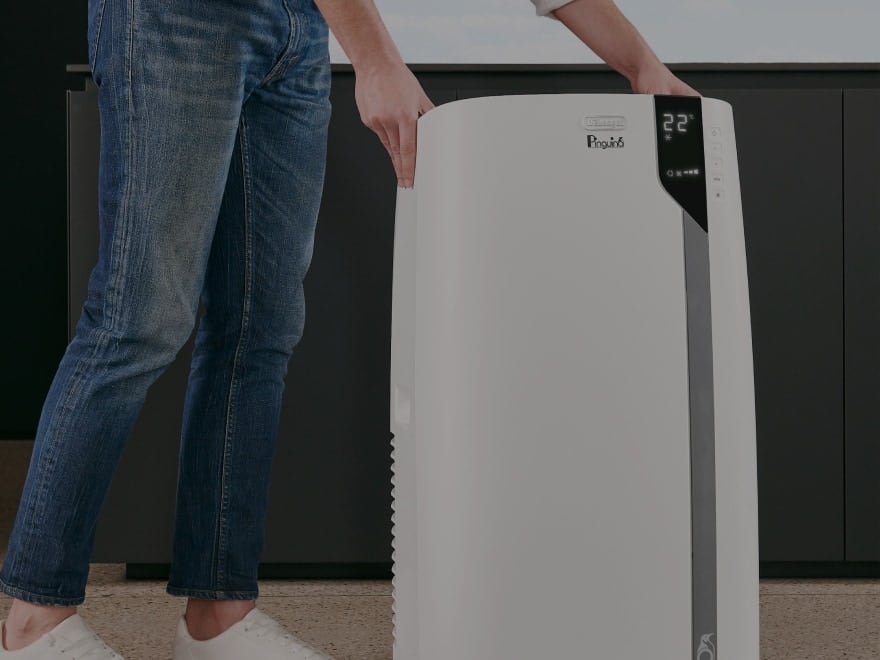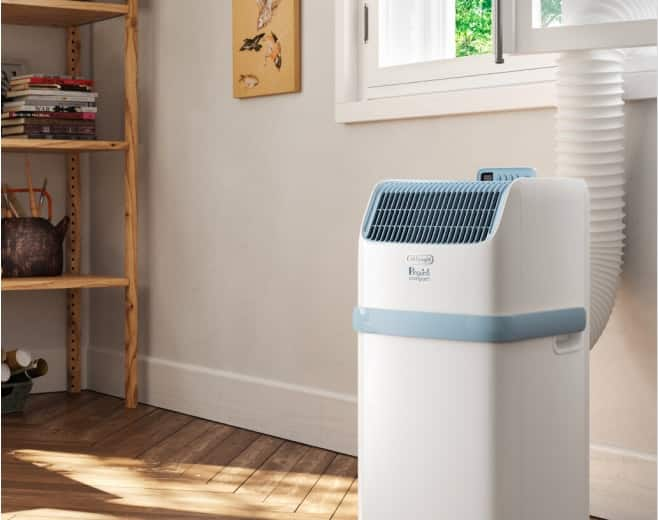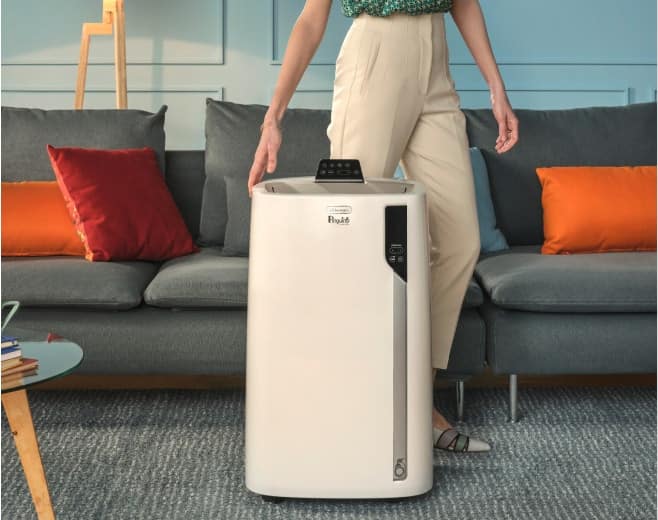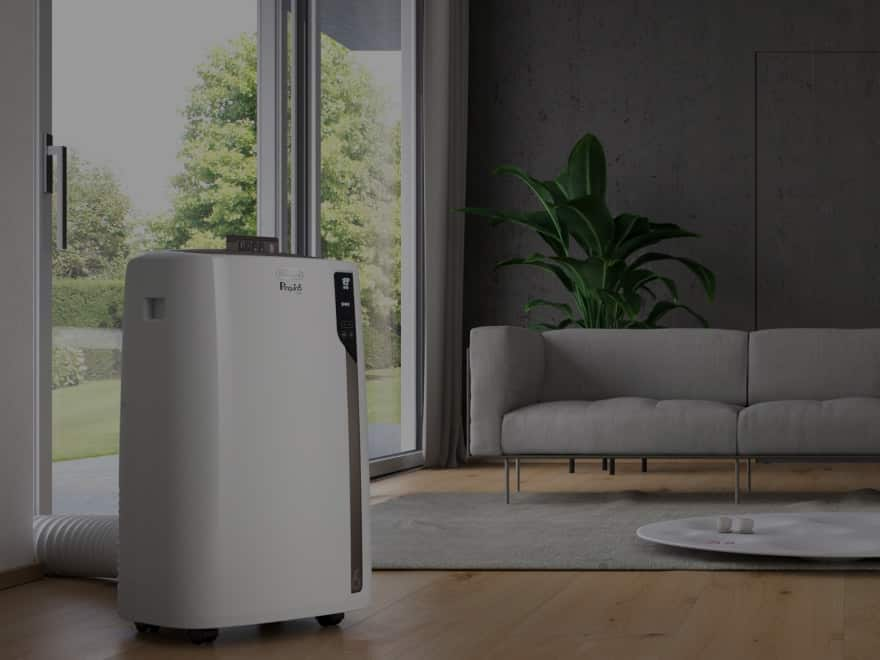
Funkcje grzania i osuszania
Funkcja osuszania umożliwia pozbycie się nadmiernej wilgoci z powietrza, co ogranicza ryzyko pojawienia się pleśni, i tym samym wpływa na poprawę komfortu. Można ją stosować w pomieszczeniu, w którym panuje duża wilgoć, lub włączać okresowo, kiedy poziom wilgotności powietrza w roku jest szczególnie wysoki. Funkcja grzania, dostępna w modelu PAC EL92HP De'Longhi, nadaje urządzeniu uniwersalny charakter, ponieważ może być ono używane przez cały rok, zarówno do chłodzenia w ciepłe miesiące, jak i do ogrzewania, kiedy robi się zimno.





